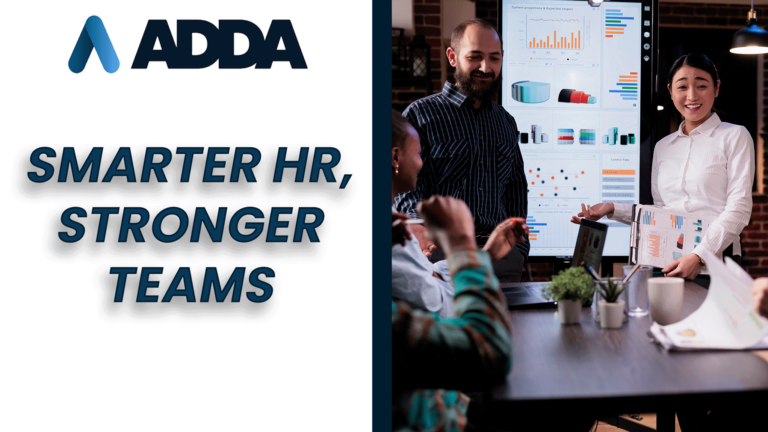Learning and development (L&D) initiatives are among the best investments a business can make, especially in a tight talent market. Sometimes new talent is hard to find. However, the people already on your payroll can fill some skill gaps.
To maximize your workforce, add learning and development to your HR strategy. L&D initiatives equip your employees with the skills to clear their next major growth hurdle. For example, perhaps you have a high performer who wants to break into management. That’s the perfect time to offer them leadership training to pair their expertise with the skills needed to manage a team.
Investing in learning and development indicates that you want your employees to grow within your organization. The employee morale boost and their newly acquired skills benefit your organization in many ways. This blog covers some L&D basics and how they can impact your company.
What is Learning and Development?
Learning and development is a strategic process to improve your employees’ skills and knowledge for better performance at work. When done effectively, it provides a solid framework for employees to grow in your organization.
L&D differs from regular training in that it’s generally more focused on the long-term growth of your worker. Whereas training centers on the immediately applicable skills for their current role. Training fits into a learning and development strategy, but think of it as the first step.
Structuring a learning and development strategy
Though the specifics of your L&D strategy may differ from team to team, the steps to develop your plan will likely fit into a four-step process. First, conduct an analysis to identify the training needs of your groups. Examine your needs as an organization, the skills required to fulfill them, and the skills you already have available on your staff. As we’ve stated, learning and development is an investment, so you don’t want to waste time and money addressing the wrong areas.
Next, you need to lay out your learning objectives. These will be the bones of your learning program. Your goals should be clear, measurable, and designed to empower your employees to tackle a particular task under specific circumstances. An example objective could be that a member of your HR team wants to learn how to use Excel to analyze compensation data for a pay equity study in your company.
Then you’ll need to design or purchase the proper training tools to achieve your objectives. This could involve bringing in a training consultant, working with a senior team member to develop a plan, or paying for a service like Skillsoft or Coursera. Whatever route you take, involve the trainee in the process! Not everyone learns in the same ways, so figure out what will be most helpful to them.
Finally, dole out your learning and development programs and measure progress and success. Track how long courses take to complete, and work with the trainee or their manager to gauge effectiveness. Measuring efficacy is relatively cut and dry for more concrete skills such as learning SQL to navigate databases more effectively. However, L&D programs around soft skills like leadership require a more qualitative approach. Seek feedback from the employee as well, so you can improve the process for future participants!
Learning Methods
Different learning methods will resonate more depending on the employee, so do your due diligence on the available options. For example, video courses such as those found on Coursera, Udemy, LinkedIn Learning, Master Class, and more are popular options due to the breadth and depth of knowledge available.
Though, your employee may require a more hands-on approach. Job shadowing is a great way to showcase the skills needed for a specific role. Other options include simulations, games, case studies, or role-play. If your employee responds best to direct coaching, companies like ADDA have consultants to guide your team to their learning and development goals!

Benefits of Learning and Development
Learning and development can be a heavy lift for all involved. Employees dedicate time to gaining proficiency in a new skill, and employers spend time and money to create and implement these programs. Furthermore, the process is challenging for organizations with less experienced HR or L&D teams.
However, according to a report by the Josh Bersin Company, advanced L&D operations have contributed to a 260% increase in financial results. They’ve also led to innovation, growth, and market leadership gains. Those results are eye-popping, but they were achieved with the help of expert professionals.
Learning and development, of course, doesn’t need massive financial returns to be successful. In a tight talent market, designing growth opportunities for employees is essential for retention. Spending a little more money for some online courses beats spending a lot more time and money searching for backfills any day.
ADDA knows L&D!
Employee excellence is sure to follow when your company takes a strategic approach to learning and development. Our ADDA consultants know exactly how to help your people grow, so they can increase their career satisfaction and productivity. If you’re ready to level up your people experience, schedule a call today!








